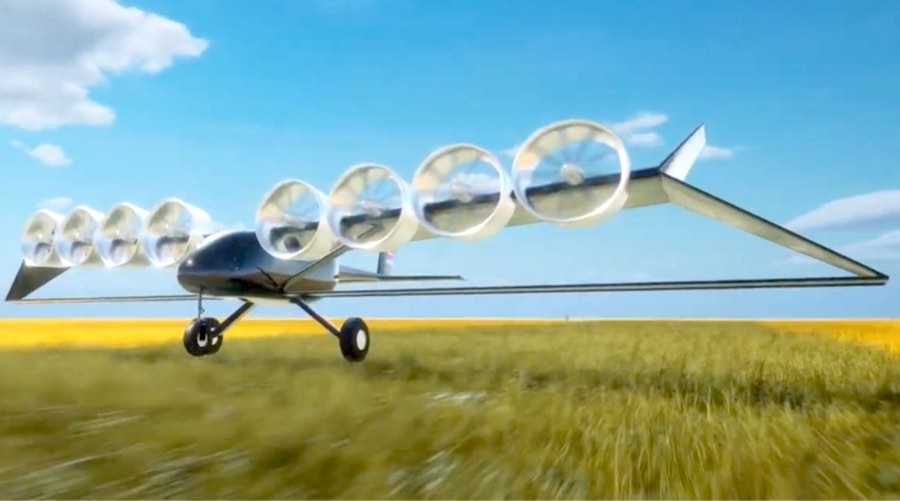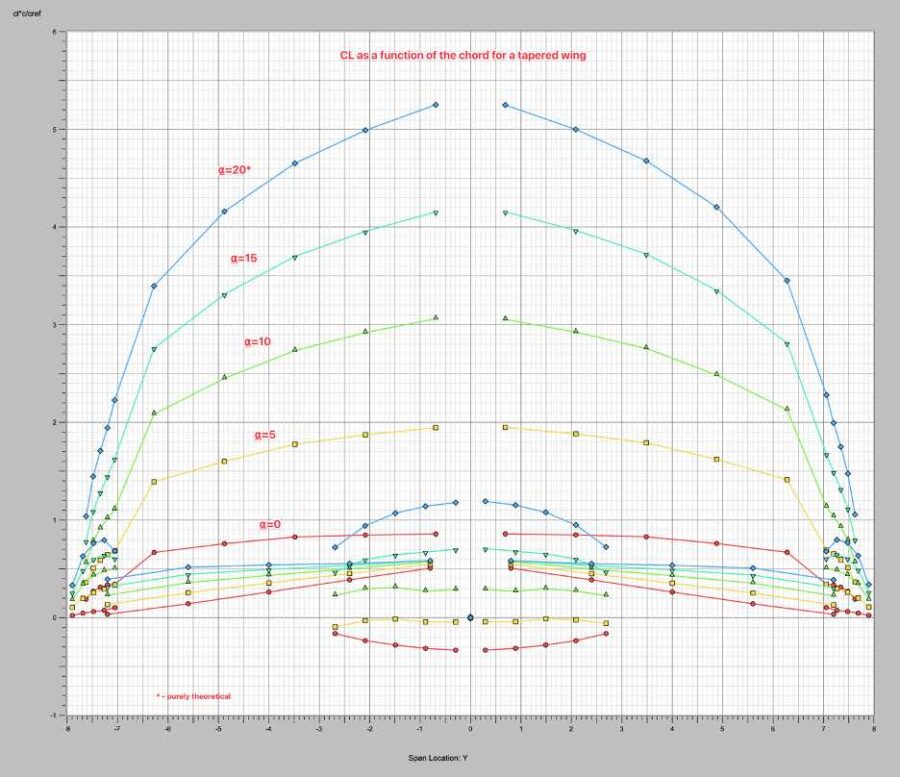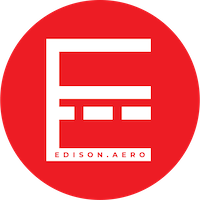Edison Aerospace continues to make progress in aircraft design on the road to releasing a type-certified remotely and autonomously controlled full-scale airplane for agricultural aerial application.
One of the aspects of the R&D process that is critical to the design of an aircraft is to get computationally predicted values for lift, drag, and stability that are more precise than those used to size the aircraft.

There are two ways to do this sort of analysis of an original design. The first involves making a small-scale model and placing it in the wind tunnel to collect empirical readings. This is a very time and labor-intensive practice that is not conducive to iterative design – to trying different configurations rapidly to find the best combination of features and performance.
The other method is to use a computer program to generate a mathematical model of the aircraft and get the same values quickly, allowing the designer to try many more combinations of features.

Edison Aerospace is using the OpenVSP (Open Vehicle Sketch Pad) software package originally created by NASA to perform basic aerodynamic calculations on a parametric model of the subject aircraft. A quick analysis will return the distribution of pressures on the airframe, coefficients of lift and drag, the distribution of lift along an airfoil, and how these parameters are affected by differing the angle of attack.

Among the reasons for doing this computational work is to be able to confirm the sizing estimates made about specific airfoil selected (NACA 4412 for main wing and spray boom and NACA 0010 for the tail surfaces) and to be able to estimate the load distribution across the wingspan.
Another benefit of the OpenVSP package is its ability to plot trailing wakes beyond airfoil features to visualize the aerodynamic interaction of various components.

Software such as OpenVSP is an immensely valuable tool during the R&D process that reduces the iterations that will have to be made in the physical space but building models, testing them in flight or in the wind tunnel, then revising the design and repeating the process. We continue to refine our test model and conduct flight system testing to program this component for quick installation into our experimental prototypes.

Once a model is built, more details can be added to it to make it as realistic as time and effort permits. Here we added the multi-engine propulsion system of the Heavy1 experimental prototype to see the effects of each change. If we change the model by replacing the propeller discs with blades and moving the outer props to the wingtips, changing the rotation direction to offset the tip vortices (rotating toward the outside), the model looks a little better.

In contrast, without changing the spin direction to counter the wingtip vortices would yield a model that is closer to today’s existing single-engine aircraft that have large vortices shed by the wingtips. We can easily see the positive effect of using propeller spin direction to counter wingtip vortices. Adding the bidirectional winglets further aids our design to operate more efficiently and to utilize a wider boom, going beyond 75% of the span. Our testing will evaluate booms going out to 150% of the span to confirm our predictions based on the computer simulations.

The next step will be the creation of a scale model of this exact airframe configuration for flight testing in a 2meter span model!



